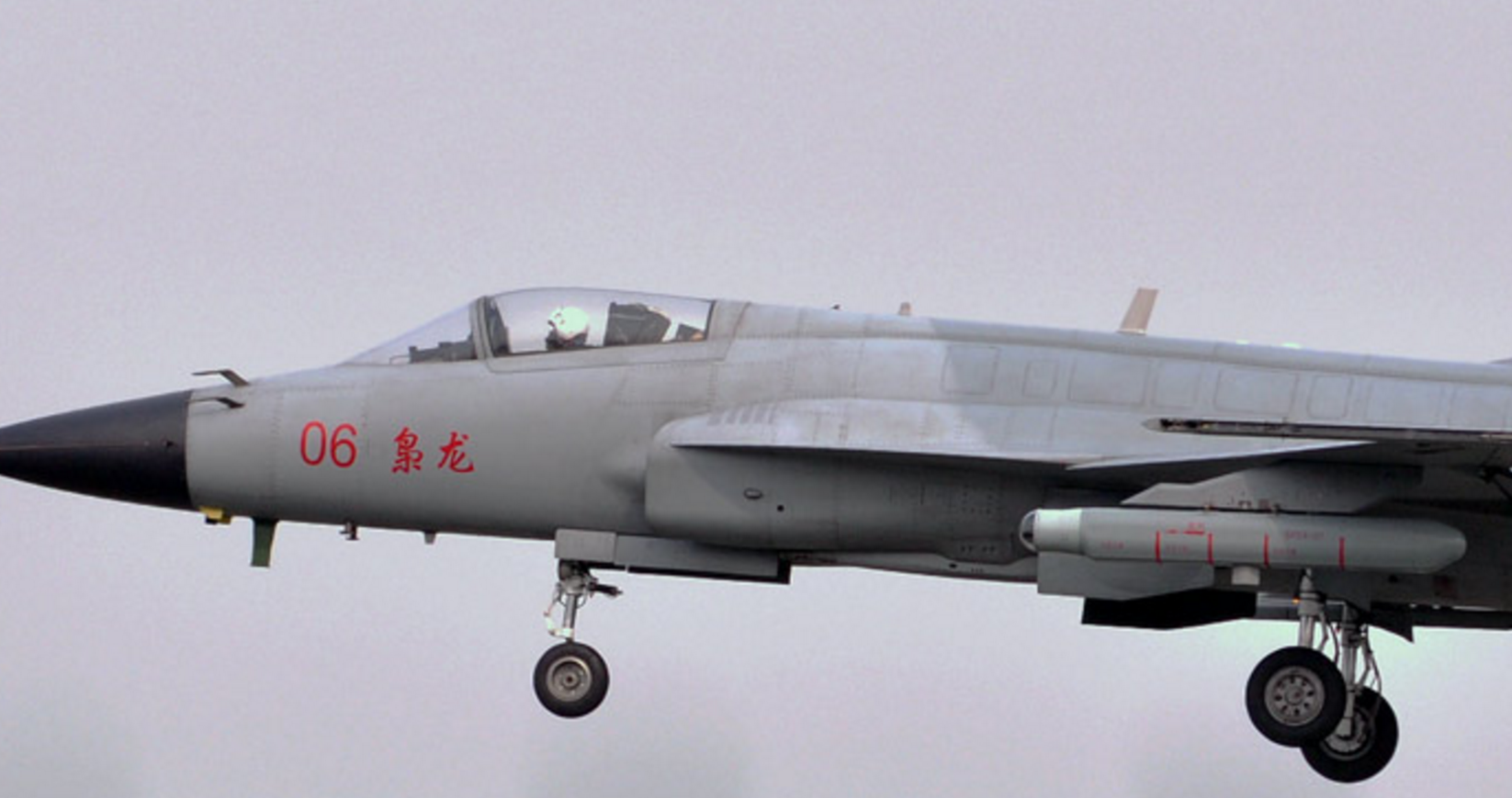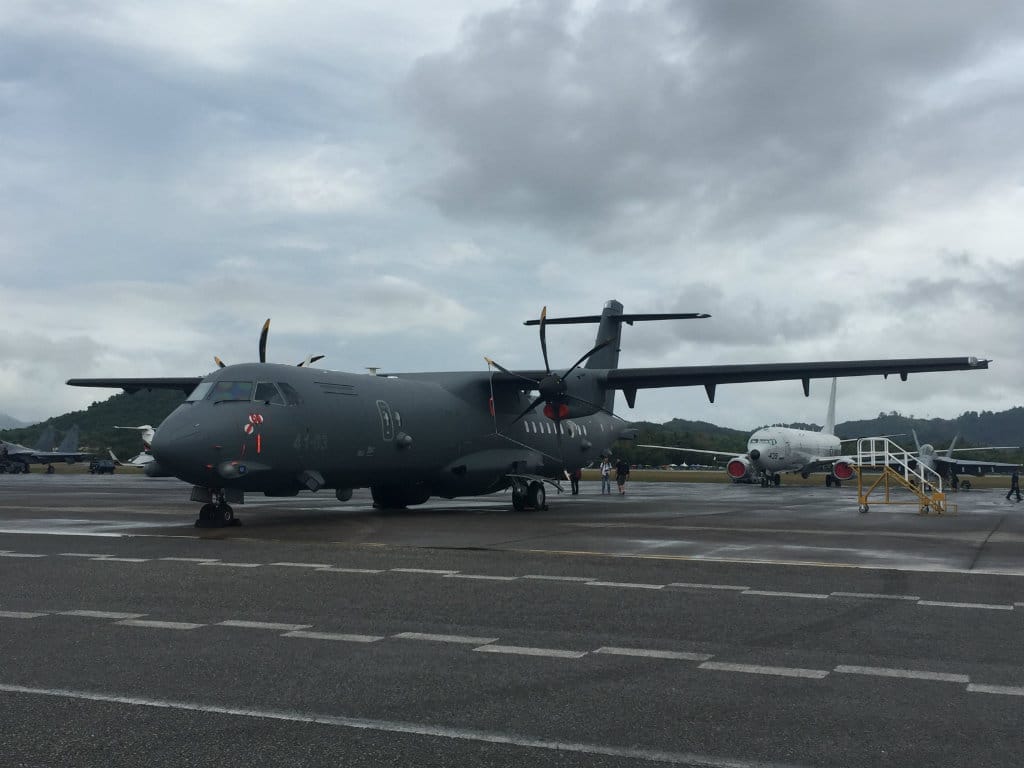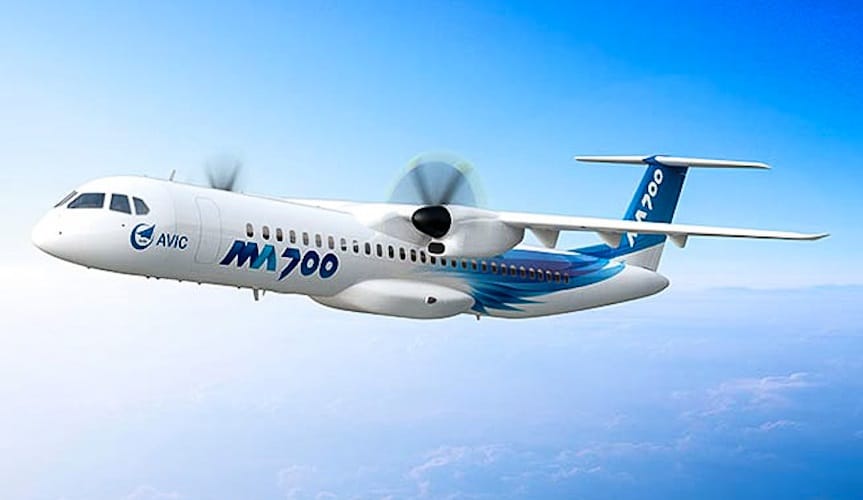18Views 17Comments

Ideas about the JF-17 Block-III’s IRST
By Bilal Khan
Alongside an active electronically-scanned array (AESA) radar, helmet mounted display and sight (HMD/S), high off-boresight (HOBS) air-to-air missiles, the Pakistan Air Force (PAF) is also considering to equip the forthcoming JF-17 Block-III with an infrared search and track (IRST) system.
While the inclusion of an AESA radar would offer immense benefit, especially in terms of infusing the JF-17 with effective electronic counter-countermeasures (ECCM) capabilities (read here for how), IRST would be a great way to augment those capabilities. Our background brief on IRST summarizes it as the following:
At their core, IRST systems are heat-seeking sensors, just like forward looking infrared (FLIR) pods, but they go a few steps further by enabling users to search and track individual airborne targets.
Since IRST sensors are simply ‘receiving’ an emitting heat signal, they are “passive” sensors. In other words, they do not emit signals of their own (unlike radars, which transmit radio waves).
This enables the tracking fighter to avoid alerting the target’s RWR [radar warning receiver], which is designed to react to active radar signals.
In a within visual range dogfight, an IRST system can enable the user to possess an enhanced level of situational awareness of the combat zone without having to switch-on the radar, thus avoiding the risk of being an “exposed” target to an enemy’s RWR.
Tyler Rogoway, a former writer on Foxtrot Alpha, has an excellent write-up discussing the advantages of IRST in modern aerial combat. To put it simply, IRST is basically an alternative to radar. If one’s fighter aircraft is up against foes with high-quality electronic warfare (EW) and electronic countermeasure (ECM) capabilities, one’s own use of radar may result in jamming and/or an increased probability of detection.
To nullify those risks, one could bring in IRST and try to engage an enemy based on the heat emitted by that enemy’s aircraft. This could be incredibly useful in close-quarters air combat; instead of using radar to detect a nearby object (and risk detection and/or jamming), one could use IRST.
When paired with other ‘passive’ sensors (i.e. sensors that do not emit their own signals), such as HMD/S, a comparatively low-end fighter could have a decent fighting chance against a much more capable foe, despite that foe’s advanced EW/ECM capabilities.
In any case, if you are interested in acquiring an in-depth understanding of the topic, it is highly advised that you consult the Foxtrot Alpha article linked above. For this article, we are going to take a look at some IRST options potentially available to the PAF for use on the JF-17.
At present, it is unclear if the JF-17 Block-III will incorporate an IRST system into the airframe, or if it will use it as an externally integrated pod. This image evidently shows a FC-1 test-unit sporting an externally-equipped IRST pod in China, but that does not necessarily mean that the final product will be confined to an external hardpoint. The PAF has not confirmed either arrangement, so it is possible that the system in question is simply be assessed on its own terms. That said, a pod would enable the PAF to readily integrate IRST onto existing Block-I and Block-II units, but that does not mean the Block-III will not have IRST integrated. Granted, making IRST available as a pod on the JF-17 Block-III would help in reducing development and acquisition costs.
It is likely that China will supply the IRST system, at least for the JF-17 Block-IIIs in use with the PAF. Having developed and integrated IRST for platforms such as the J-10B, China should be able to offer a fairly balanced cost-performance ratio.
An alternative vendor could be found in Finmeccanica, whose Selex ES division has developed the Skyward IRST. Originally designed for use on the Saab Gripen NG, Finmeccanica is marketing the Skyward as a “state-of-the-art” solution, one capable of meeting the “demanding requirements of 5th generation fighter aircraft.” The Skyward is available as an integrated and podded solution. Export clearances and cost will determine whether the PAF will procure the Skyward.
On the other hand, equipping an export variant of the JF-17 Block-III with the Skyward may not be a bad idea, especially if one is intending to market the JF-17 to users accustomed to Western equipment, such as Morocco, Jordan, Qatar, and Malaysia.
Whether the PAF procures the Finmeccanica Skyward or a Chinese alternative, the inclusion of IRST into the JF-17 Block-III will be a welcome event. As with HMD/S systems and AESA radars, IRST would offer the JF-17 a valuable qualitative jump, which will be an important gain considering that the Thunder is emerging as the PAF’s mainstay asset.


